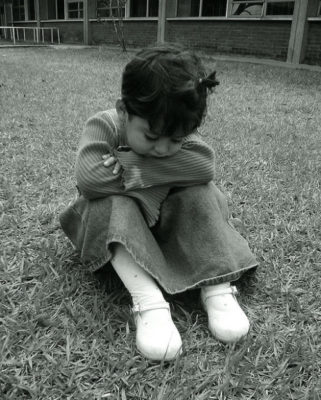WHAT SHOULD I DO IF MY CHILD IS INJURED AT A PARK OR PLAYGROUND?

It’s all fun and games until someone falls off the monkey bars. Not surprisingly, most injuries that take place at school and daycare facilities happen on the playground. Children get let out for recess to let off some steam, and sometimes that can lead to a game of rough housing being taken a little too far.
Most of the time injuries on the playground are harmless, however, the Centers for Disease Control reports that more than 200,000 children under the age of 15 end up in the emergency room after being injured on the playground. Of those injuries, nearly 45 percent are serious, meaning that they result in bone fractures or dislocations, strangulation, internal damage, or eye and head trauma.
Even if your child’s injuries from the playground are less serious, there are a number of factors that can determine who is liable. The tricky part about playground injuries is that nearly anyone can be considered liable for negligence. As a parent, your first step is to gather evidence around how the injury occurred. Below are a few examples of situations where liability is an obvious factor in what caused your child’s injury:
1. Lack of Supervision
Most playground injuries where liability is a factor are a result of negligence on whoever was supposed to be supervising the children. A school or daycare that owns the playground has a responsibility to protect the children who use it. If you believe that your child was injured as a result of negligence, you’ll need evidence to prove that the injury was foreseeable and preventable. Access to photographs and videos would be ideal; but if those aren’t available, look into finding eyewitness accounts.
2. Equipment Failure
Let’s say that you take your daughter to the playground and push her a couple of times on the swing before that swing breaks. Now your daughter is in the emergency room with a broken arm – who should be paying for her medical bills? The answer is: whoever owns and maintains the property. This could mean a school or your local department of parks and recreation. Regardless, if there was a problem with the swing, the property owner should have either fixed it or posted clear and visible signs indicating that the swing was in bad shape.
Keep in mind that if you and your child were trespassing, by way of being there after hours or using a private playground that you didn’t have access to, the property owner cannot be made liable for your child’s injuries.
3. Animal Bites
Sometimes parents bring their dog along with their children to a public playground. In the event that this dog becomes aggressive, perhaps because of loud noises or children taunting it, and bites your child, you can hold the animal’s owner responsible. If this particular playground allows for dogs to be present, it might be worth bringing the issue to the property owner and advocating for a separate dog park.
4. Child-on-Child Injuries
Some children are known to be aggressive and exhibit bad or threatening behavior. If your child gets into an altercation with an aggressive child, and it results in injury, you are undoubtedly going to be inclined to go after the parents. While this is within your prerogative, there are other factors that should be considered if this incident happened at school.
- Does the said child have a documented history of aggression?
- Did your child partake in any aggressive behaviors during the incident? I.e. biting, pushing, hitting, etc.
- Could the situation have been preventable with proper supervision?
If any or all of these factors are true, you might have a case in which the school is also liable for your child’s injury.
5. Slips, Trips and Falls
Children trip, slip, and fall all the time on playgrounds. This could be as harmless as a child tripping over their shoelaces or as serious as falling over a protruding nail. Certain cases where a child trips or falls can be a result of property failure. Other cases involve carelessness or lack of supervision on the part of the child’s caretaker. A few examples are as follows:
- Elevated rubber flooring
- Trash or debris left in the way
- Protruding nails or carelessly placed large rocks
- Too thick of sand in the sandbox
- Sprinkler or rain water left to pool
If your child tripped, slipped or fell because of any of the reasons above, and your child’s injuries resulted in the need for medical attention, you might have a case for personal injury.
When it comes to filing for insurance, you’ll need to have all your ducks in a row. Insurance companies are not known for being overly empathetic or easily intimidated, so your child’s injuries need to be medically documented before filing for any type of insurance.
*Image courtesy of Axel
